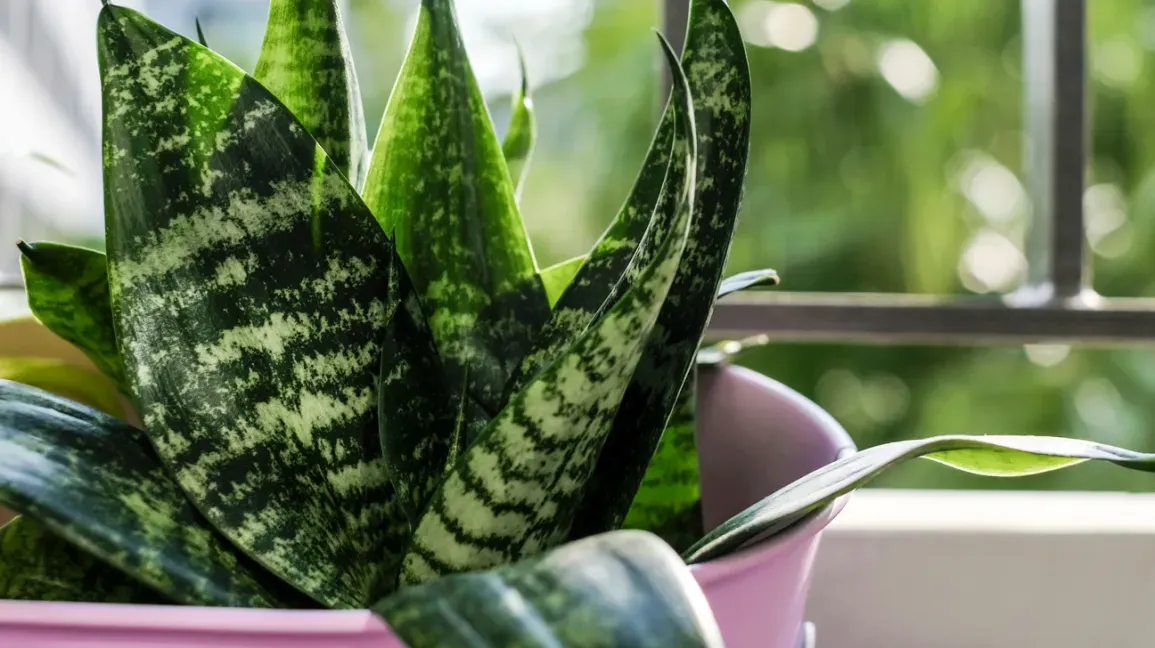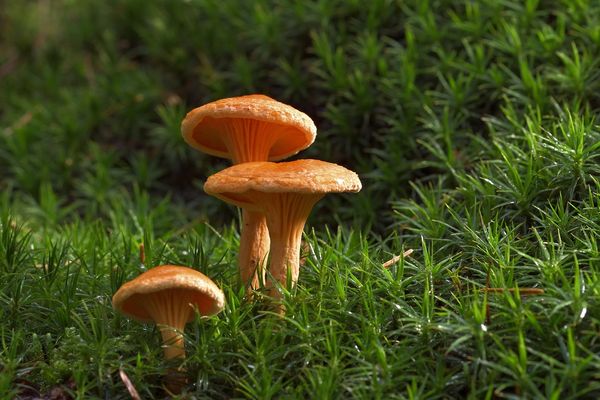If you're a plant lover, you might have encountered the beautiful and easy-to-care snake plant. This popular indoor plant, also known as Sansevieria, has long, stiff leaves with a striped or variegated pattern.
One of the many advantages of snake plants is that they are easy to propagate, allowing you to expand your collection and share the love with others. Here, we'll inform you how to propagate snake plant, the tools you need, and why it is essential.
What is a Snake Plant?
Sansevieria, commonly known as snake plant, is a type of flowering plant that originates from West Africa. Snake plants are popular for their attractive long, pointed leaves that come in a variety of colors, such as green, yellow, and silver.
Learn how to propagate a snake plant
There’s a lot more you can learn about this plant, of course, but for that, we recommend doing deep research on the snake plant since we’re focusing on its propagation in this article.
Why Propagate a Snake Plant?
There are many reasons to propagate snake plants. The most obvious is to grow more plants and increase your collection. Another reason is to share the plants with friends and family.
Propagating snake plants can also be an excellent way to save a struggling plant. Additionally, propagating snake plants can help to improve their overall health and growth.
When to Propagate a Snake Plant?
The best time to propagate snake plant is when the plant is actively growing, that is, during summer and spring. This is the ideal time because the mother plant has grown enough and has produced healthy-looking offsets or leaves.
Tools Needed for Snake Plant Propagation
To successfully propagate a snake plant, you will need the following tools:
● A sharp knife or scissors
● A clean and sterile container or pot
● A well-draining potting mix
● Water
● A rooting hormone (optional)
● A water bottle (spray)
Propagating A Snake Plant - The Top Three Methods
There are three main methods for how to propagate snake plant cuttings: in soil, in water, and by division.
Method #1: Propagating A Snake Plant in Soil
● Select a healthy leaf or offset from the mother plant.
● Cut the offset.
● Dry the plant for a while so that it does not rot.
● Fill a clean pot with well-draining soil and make a hole for the plant cutting.
● Dip the end in rooting hormone (not required if you don’t have the hormone).
● Place the plant cutting inside the hole you’ve made and then cover it with the soil you’re using.
● Water the cutting and mist the leaves with a spray bottle.
● Place the plant in indirect light and wait for new growth to emerge.
Method #2: Propagate Snake Plant in Water
● Select a healthy leaf or offset from the mother plant.
● Cut the leaf or offset as with the previous method.
● Fill a container with water.
● Put the snake plant cutting inside.
● Keep the water fresh and clean with regular replacement.
● After the roots grow a few inches, take the plant out of the water and place it in the soil to grow normally.
Method #3: Propagating A Snake Plant by Division
● Select a healthy and mature snake plant with several offsets.
● Separate the offsets after taking the plant from the soil.
● Ensure that each offset has roots and leaves.
● Add soil to a new pot (make sure it’s well-draining) and make a hole for each offset.
● Place each offset in the hole and cover it with soil.
● Provide the plants with indirect sunlight and regular watering.
Conclusion
In summary, learning how to propagate snake plant is an excellent way to expand your plant collection, give as gifts, or share with friends. With the right tools and techniques, propagating a snake plant can be an easy and rewarding process.
Each method has benefits and challenges, whether you propagate in soil, water, or through division. Remember to keep your new plant cuttings or offsets in a warm, well-lit area and to be patient with their growth. With a little care and attention, you'll soon have healthy, thriving snake plants to enjoy for years to come.






